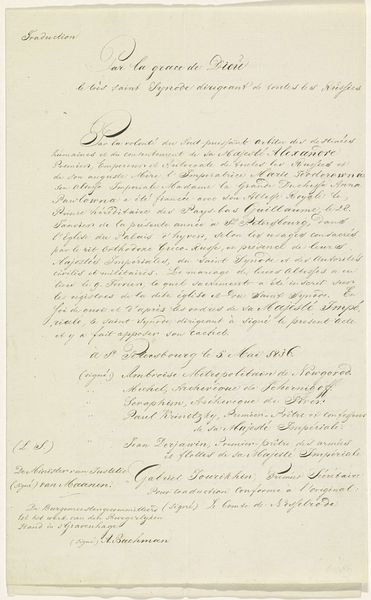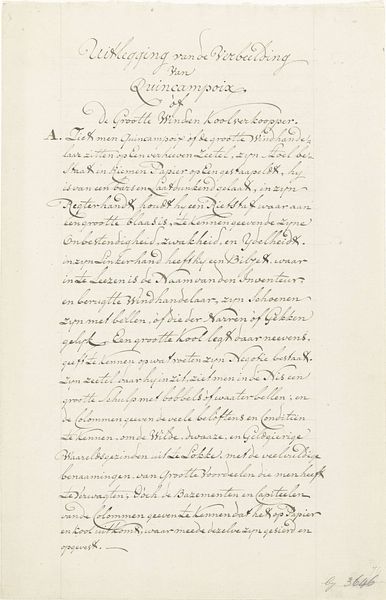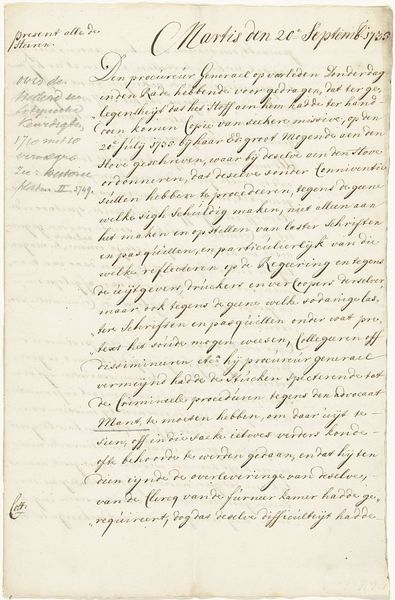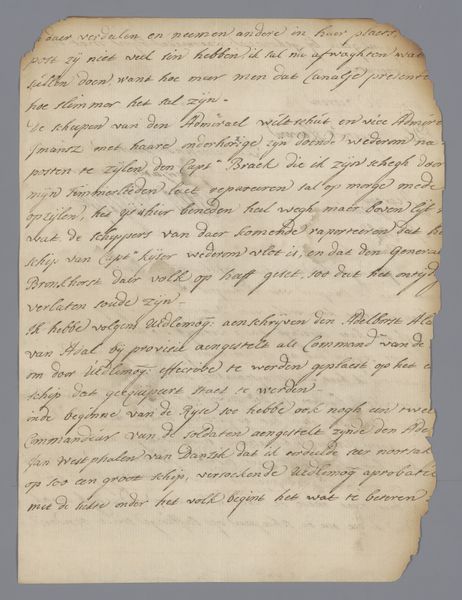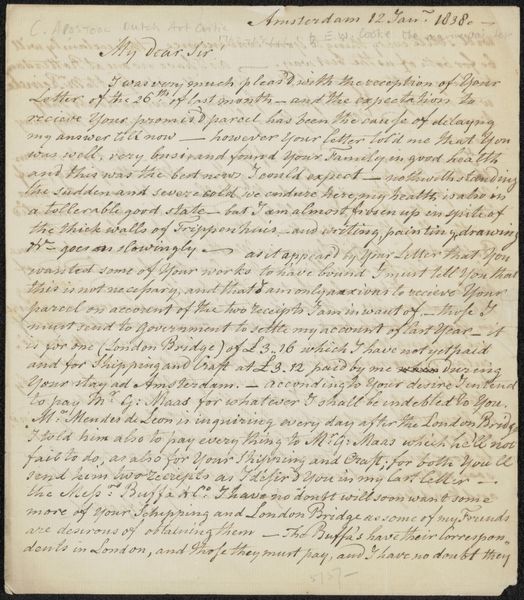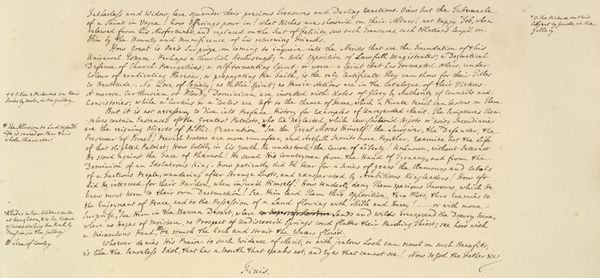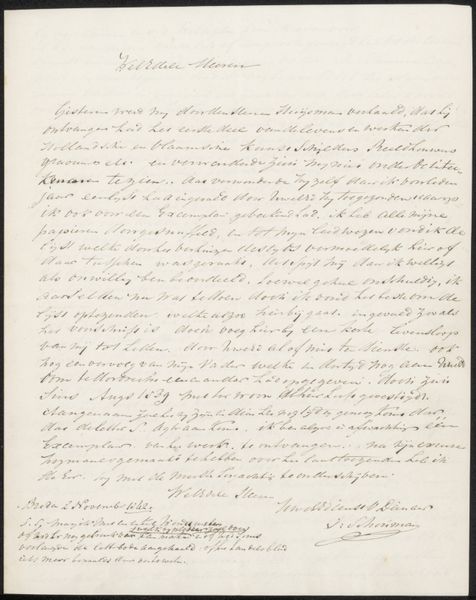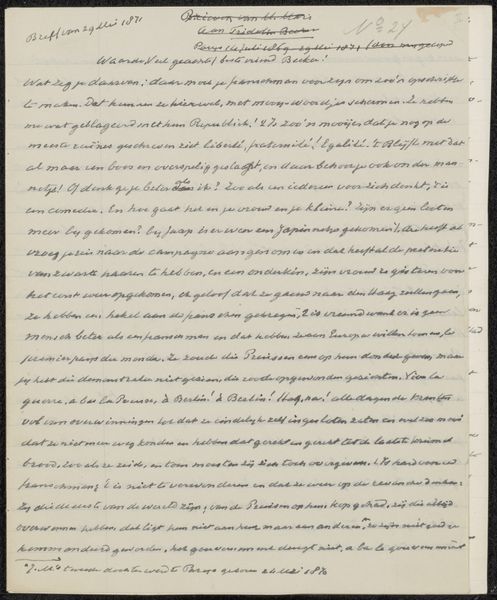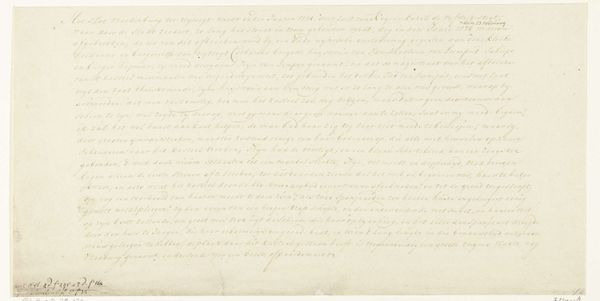
Levensbeschrijving van Johan Willem Friso, prins van Oranje-Nassau 1711 - 1799
0:00
0:00
drawing, paper, ink
#
portrait
#
drawing
#
medieval
#
narrative-art
#
paper
#
ink
#
handwritten font
#
classical type
#
calligraphy
Copyright: Rijks Museum: Open Domain
This document, crafted anonymously around 1708, chronicles the life of Johan Willem Friso, Prince of Orange-Nassau. Though text-based, it is laden with symbolic meaning rooted in the cultural context of its time. The prominent mention of lineage and titles reflects the hierarchical social structure, a motif echoed in countless royal portraits and family trees across Europe. Such displays of ancestry served to legitimize power and reinforce the divine right of rulers. One can compare this to the elaborate genealogies found in medieval tapestries, where family history was visually woven into dynastic claims. The careful scripting would have held psychological weight. A name or family line that might have been excluded would be an intentional cut at the memory of that name. It emphasizes a non-linear progression, where history is selectively remembered and reshaped to serve the present.
Comments
No comments
Be the first to comment and join the conversation on the ultimate creative platform.

